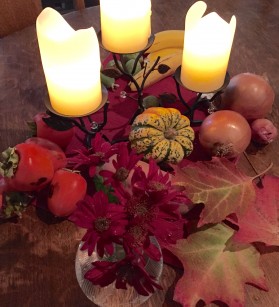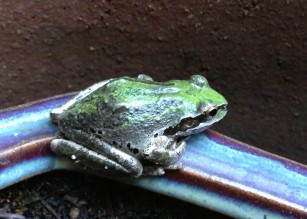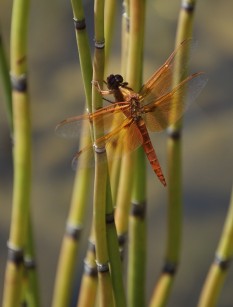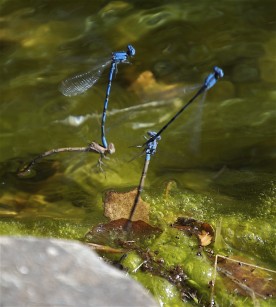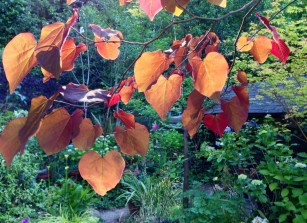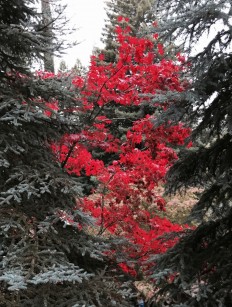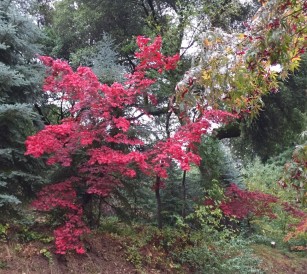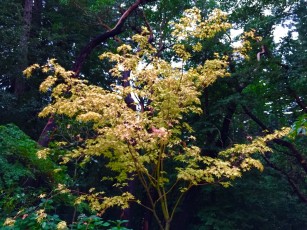by Jan Nelson, The Mountain Gardener
Once upon a time when our area was under water
there were no parks or trails or trees or gardens.
I’m thankful that our mountains rose from an ancient ocean
so we could enjoy this beautiful place we call home.
I’m thankful for the Bigleaf maples
that shower me with leaves as big as saucers
as I walk in Henry Cowell along the River Trail
and for the giant redwoods that sprouted long ago
at the time of the Mayan civilization.
I’m thankful for the Five-fingered ferns that grow lush along Fall Creek
on the way to the old lime kilns
and for the canyons, hiking trails and small waterfalls
that feed the year-round creeks.
I’m thankful for the sweet music of the violist
who practices inside the Felton Covered Bridge
and for the sound of children laughing as they play in the park.
I’m thankful for the pond and western turtles who live at Quail Hollow
and for the unique sandhills, grasslands and redwoods, too,
and for the plants and other small creatures that live only there.
I’m thankful for the dog park and soccer field at Skypark
where little kids and dogs both big and small have a place of their own
and for the picnic area and Fourth of July fireworks,
and for the Art and Wine festival and Music in the Park on summer nights.
I’m thankful for Bonny Doon where I can see both the Pacific and San Lorenzo Valley
and for the Ecological Reserve which is growing back nicely after the Martin Fire,
and for the fossilized marine animals and sharks teeth
that are exposed in the mountain made of sand.
I’m thankful for California’s oldest state park. Big Basin, with its waterfalls and lush canyons
and slopes covered with redwoods sorrel, violets, fragrant azaleas, mountain iris
and for the salamanders, banana slugs, marbled murrelets
and red-legged frogs who make it their home.
I’m thankful for the whisper of the wind blowing across the water at Loch Lomond
and for the gentle whir of fishing reels most years at the edge
of thick tanoaks, redwoods and madrone.
And finally, I’m thankful for friends and family and neighbors who share all this with me.
I wish you all a Happy Thanksgiving.

